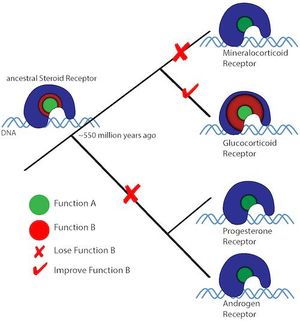Be careful when cuddling with pets
Medicines on the skin of humans can make pets ill
To mark International Pet Day on April 11, the Federal Office of Consumer Protection and Food Safety (BVL) is warning against the accidental transfer of hormone-containing medicines from humans to pets. Petting, carrying or other physical contact can inadvertently expose pets to hormones and, in the worst case, cause serious side effects. A few simple measures can help to reduce this risk.
As part of hormone therapy in humans, topical medications in the form of gels, creams or sprays are often used. They contain active ingredients such as the hormones estradiol or testosterone. The medication is regularly applied to certain parts of the body, such as the forearm or shoulder.
"If pets have close physical contact with a treated person, they can also be unintentionally exposed to the active ingredient and develop serious side effects," warns veterinarian Dr. Ann Neubert, expert on side effects of medicinal products at the Federal Office of Consumer Protection and Food Safety (BVL). The hormones can be absorbed both through the skin and orally when licked. "Pets sometimes show a variety of symptoms after contact with hormone preparations, which differ depending on the animal species and hormone," emphasizes Neubert. If such a reaction occurs, a veterinary practice should definitely be consulted and informed of possible contact with hormone preparations.
"Simple measures can help to prevent side effects in pets in the first place," advises the expert. Thorough hand washing after applying hormone preparations reduces the risk of unintentional transmission, as does carefully covering the treated skin areas with clothing. After consultation with the treating doctor, it may also be helpful to choose a different skin area for treatment, to carry out the treatment at a different time of day or even to switch to a medication with a different route of administration.
Note: This article has been translated using a computer system without human intervention. LUMITOS offers these automatic translations to present a wider range of current news. Since this article has been translated with automatic translation, it is possible that it contains errors in vocabulary, syntax or grammar. The original article in German can be found here.
Most read news
Other news from the department science

Get the life science industry in your inbox
By submitting this form you agree that LUMITOS AG will send you the newsletter(s) selected above by email. Your data will not be passed on to third parties. Your data will be stored and processed in accordance with our data protection regulations. LUMITOS may contact you by email for the purpose of advertising or market and opinion surveys. You can revoke your consent at any time without giving reasons to LUMITOS AG, Ernst-Augustin-Str. 2, 12489 Berlin, Germany or by e-mail at revoke@lumitos.com with effect for the future. In addition, each email contains a link to unsubscribe from the corresponding newsletter.





















































